We realized our little team of three would not be able to conduct all the interviews on our own. In fact, we made the decision that due to power dynamics Eliezer, the artistic director, should not conduct any of the interviews. So, we needed to find personable folks who were interested in short-term flexible work. After an earnest discussion we settled on $75 per interview, a rate that encompassed interview time, preparation, and wrap up (and also that foolsFURY was in San Francisco, the most expensive city in the United States). We ended up finding company contacts who had extensive interviewing experience (podcaster Angela Santillo, who is also a playwright and former company member), who were dramaturgs (Emily Dedakis and Scott Horstein), and those who had both recent and past experience with foolsFURY’s method of ensemble and devised work (Julius Rea and Jillian Jetton, respectively).
The tight timeline and virtual format necessitated creating a clear onboarding packet for interviewers. Dr. Jenkins was our oral history expert, having collected oral histories for plays she wrote. She drafted a list of possible questions and shared her guide to conducting oral history interviews and a sample release form. We built on this foundation to create a seven-item digital “packet.” It included a process checklist, detailed guide for interviewers, list of possible questions, notes form, instructions for using auto transcription on Zoom, information about release forms, and a short summary of the Legacy Project itself. Links to these materials are also included at the end of this essay.
We asked interviewers to look through the packet and then provided a thirty- to sixty-minute on-boarding meeting via Zoom. We had intended to do a single group meeting for efficiency, but the need to complete these steps quickly meant it was actually easier to schedule one-on-one sessions. We also gave each person their initial list of interviewees.
We did not provide interviewers the opportunity to practice beforehand, but it would have been useful. Jetton who (like Santillo and Dedakis) was interviewed as well as being an interviewer, said,
“The person who interviewed me was wonderfully casual. It felt much more like a conversation than a formal interview. And I realized, ‘Oh, that's what you have to do. You just have to have a conversation.” One of the things that worked the best when I was being interviewed was that the interviewer would listen intently and latch on to specific things that I had said to bring up later. I'm a big talker. So, I would finish a long answer and she'd say, ‘Let's go all the way back to this one thing that you mentioned, can you tell me more about that?’ It made me feel like she was really listening and that she cared about what I had to say. So, I tried to carry that approach into all of the interviews that I did from then on.”
We began to send out emails to prospective interviewees. We created a form letter that briefly described the project, and provided the next step of signing a release form.
In retrospect, we introduced the release forms too early in the process. Moving this step to post-interview would have reassured folks that they were in control of their own stories.
Our intent with the release forms was to ensure that interviewees felt comfortable and in control of their own stories. Inspired by the essay Who Owns Oral History? A Creative Commons Solution by Jack Dougherty and Candace Simpson, we wanted to keep the rights in the hands of the interviewee while facilitating access for archive users. The University of Michigan’s copyright office has a guide to copyright and oral history interviews that includes options for release forms that use Creative Commons, which we repurposed with their permission.
In retrospect, we introduced the release forms too early in the process. Moving this step to post-interview would have reassured folks that they were in control of their own stories. Jetton said, “after I finished being interviewed, I had a brief moment of wondering, ‘Did I say anything that I shouldn't have said?’ And I had the question, ‘Who is going to see this?’” The initial email should have been about creating excitement for the project. Instead, we generated confusion and some concerns about the use of the interviews. The best course would have been to have the interviewer explain the release form and their rights after the interview had been completed and people understood what they had revealed. This would have generated confidence and a sense of ownership, rather than uncertainty.
We sent our initial emails to thirty-one prospective interviewees and got positive replies from seven people. Everyone else required follow-up via email or phone. A personal email from the artistic director was more effective than a form email or even a phone call from me, the unknown archivist. Only one person gave us a direct no. Some of our contact information was uncertain, especially for interviewees from early in the company’s history. It is difficult to know who did not want to participate, who was simply too busy, and who never got the email.
Interviewee and Interviewer worked directly with each other to schedule their interview on the company Zoom account. We created a Google Calendar to help avoid double bookings. We were not entirely without mishap, but we were able to mobilize other Zoom accounts when necessary.
When we had about three weeks left in the process, we had completed four interviews, had ten interviews scheduled, and eight interviews were in discussion or pre-scheduling. At this point we began to tap our Priority Two list and sent out emails to an additional seven people. While we had initially chosen specific subjects for each interviewer, the sporadic nature of responses meant we needed to exercise more flexibility in pairing to accommodate scheduling.
We created transcriptions of each interview using Zoom’s auto transcribe feature. It is debatable whether or not this is useful; the transcription is not good quality and often absurd. Zoom does not distinguish between voices, so text is only delineated by timestamp, rather than speaker. It also quite hilariously mistranscribed key names. For example, foolsFURY was variously transcribed as “false fury,” “full sphereing,” and “force fury”; founder Ben Yalom was transcribed as both “Benny alum” and “Danielle”; and artistic director Debórah Eliezer was once transcribed, quite spectacularly, as “debating laser.” Human transcription would have been more reliable.
We also provided a form for interviewers to record notes. The idea was that they would jot down key terms along with the timestamp to help those using the interviews find the subjects they were looking for. While we meant this to be simple, it ended up being a bigger burden than expected. As Jetton described,
“Since there was no timestamp on Zoom, I needed to start a timer on my phone as soon as I hit record so that my notes would match up with the recording time. I also learned that I had to watch the interview again at the end to clean up my notes… which took an extra thirty to forty-five minutes.”
For some, it was difficult to record notes on the computer, so in addition to clean-up there was the burden of transcribing handwritten notes to digital format.
We provided a list of suggested questions. However, interviewers were instructed to use their own discretion to guide the conversation. As Dr. Jenkins describes,
“We told the interviewers at that first training, ‘they're just there for your guidance and don't be too worried about it.’ But when you're doing something like an archive, you do want to have some regularity of what you're asking about...This spans a lot of time. So a lot of it wouldn't be relevant to everybody. But sometimes those are triggers. It's amazing what people don't remember in terms of time or place so it is useful to have a timeline so that you can place things on.”

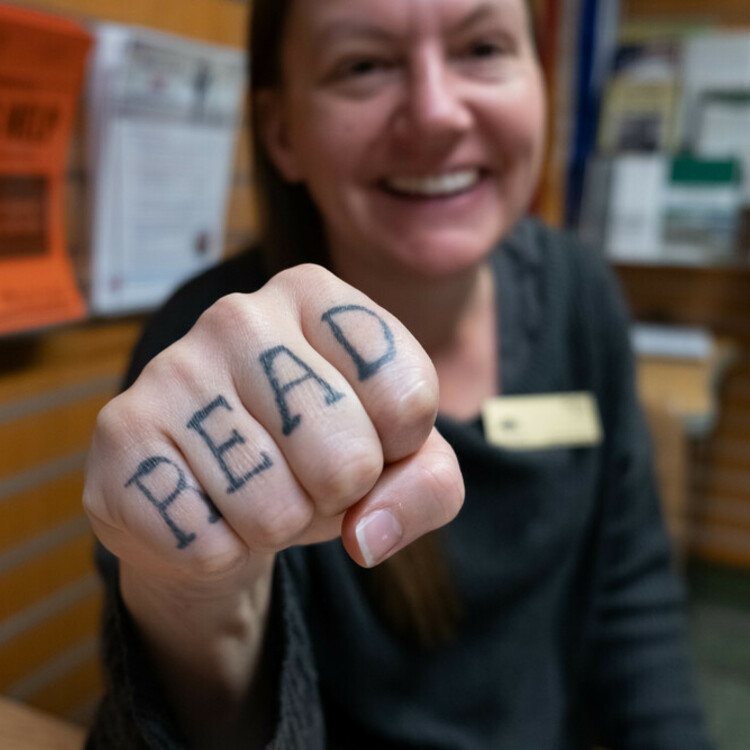
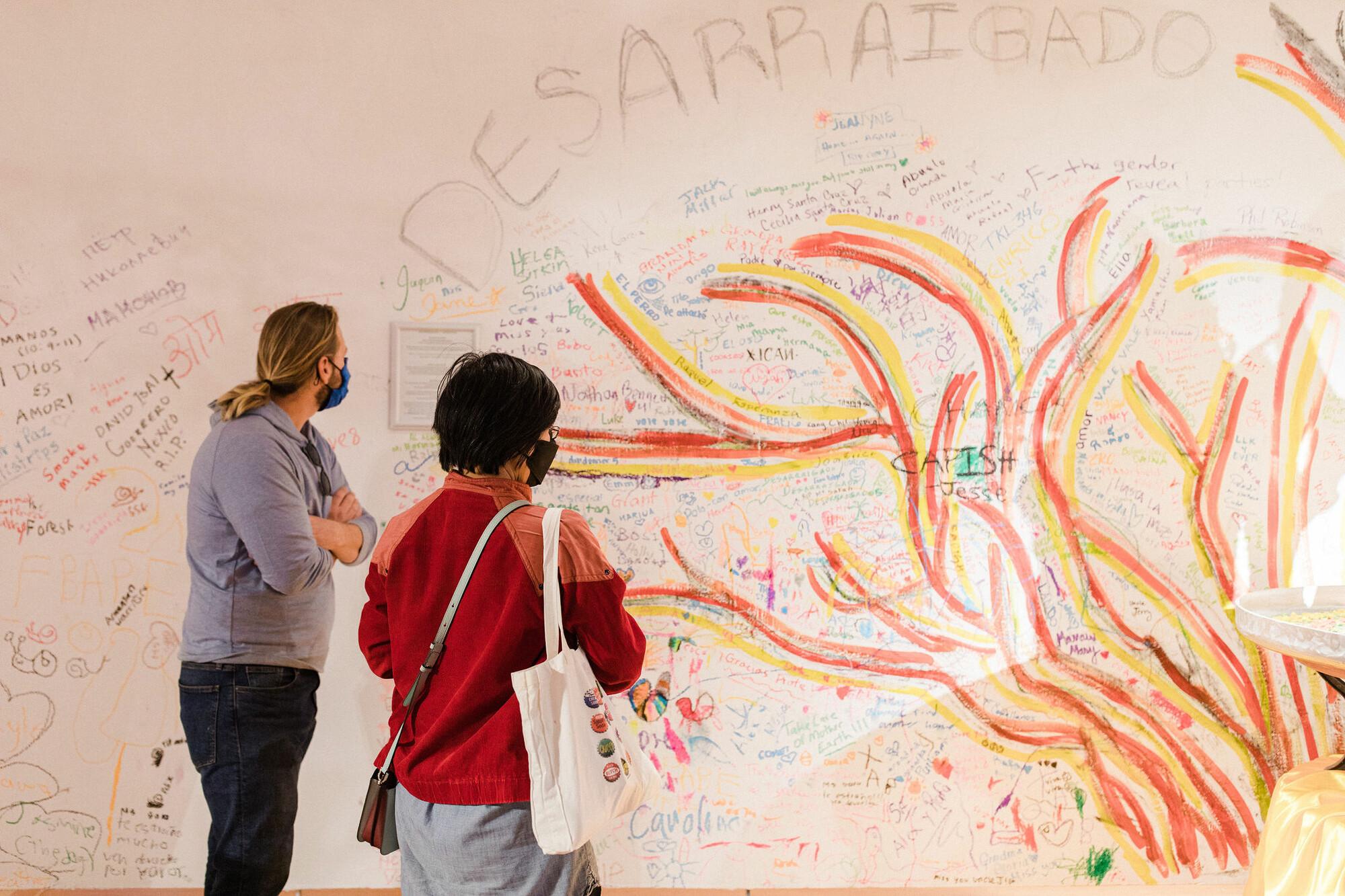
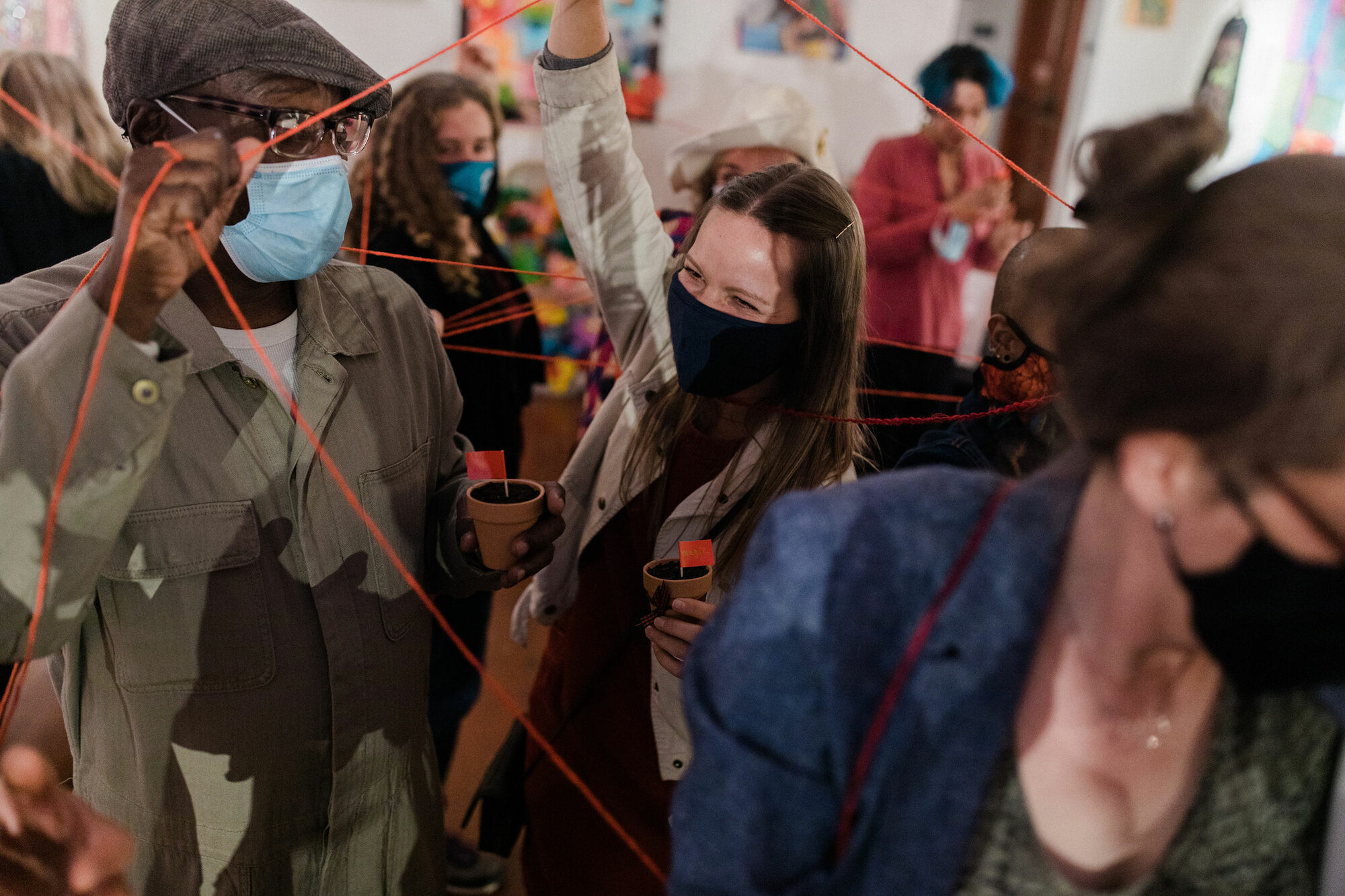
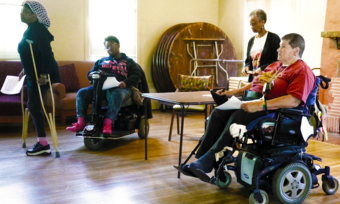

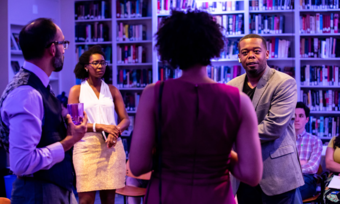


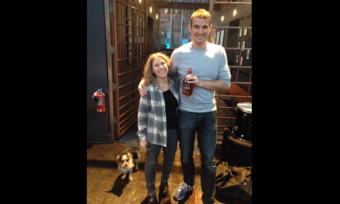

Comments
The article is just the start of the conversation—we want to know what you think about this subject, too! HowlRound is a space for knowledge-sharing, and we welcome spirited, thoughtful, and on-topic dialogue. Find our full comments policy here